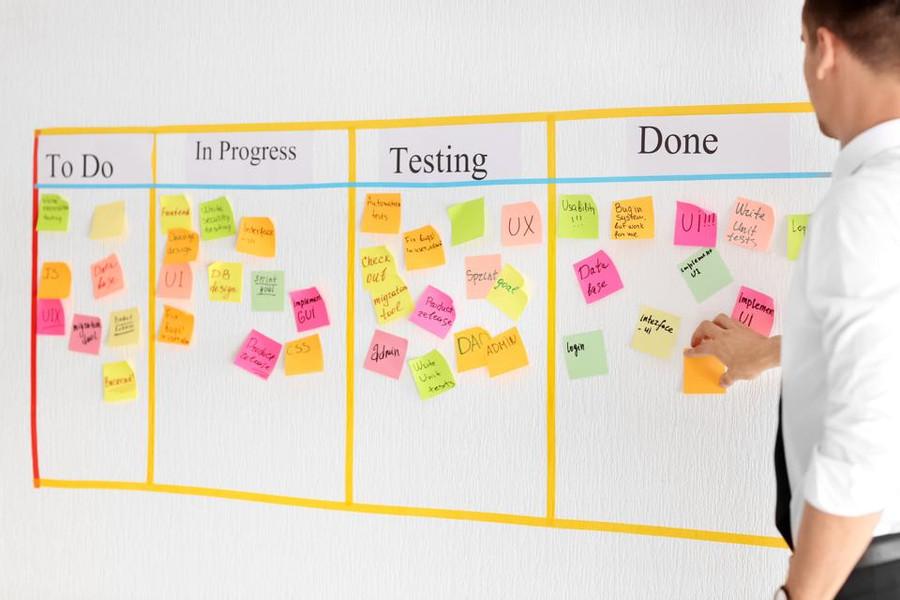The Personal Kanban
It's a system to save us from our endless to-do lists, which can turn any job into a lifeless chore.
It works on two principles:
- Visualize your work.
- Limit your total number of "works in progress."
248
3.14K reads
The idea is part of this collection:
Learn more about timemanagement with this collection
How to set achievable goals
How to create and stick to a schedule
How to break down large projects into smaller manageable tasks
Related collections
Similar ideas to The Personal Kanban
Personal Kanban
Time commitment to get started: Low
Type: Visual, Tactile
Perfect for people who: Have a tendency to start a lot of projects but finish very few of them.
What it does: Helps you visualize progress on all of your...
The People You Respect
Whatever you do, there are individuals that you can learn from. If you can’t talk to them, you can study their story, works, techniques, successes, and failures, and discover patterns of success you can apply to your life.
Be careful not to turn it into an exercise of comparison a...
Design A Strategic Plan To Keep Everyone On The Same Page
The One-Page Strategic Plan is a framework that will help your company visualize and achieve its goals.
There are a number of questions you’ll need to answer when designing your own OPSP: Who is responsible for each step? What is your number one priority for the next year? ...
Read & Learn
20x Faster
without
deepstash
with
deepstash
with
deepstash
Personalized microlearning
—
100+ Learning Journeys
—
Access to 200,000+ ideas
—
Access to the mobile app
—
Unlimited idea saving
—
—
Unlimited history
—
—
Unlimited listening to ideas
—
—
Downloading & offline access
—
—
Supercharge your mind with one idea per day
Enter your email and spend 1 minute every day to learn something new.
I agree to receive email updates



